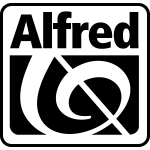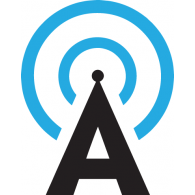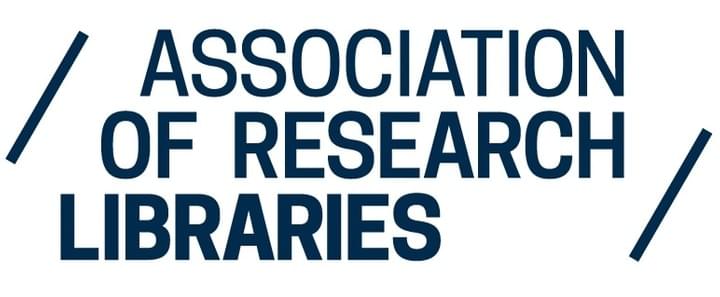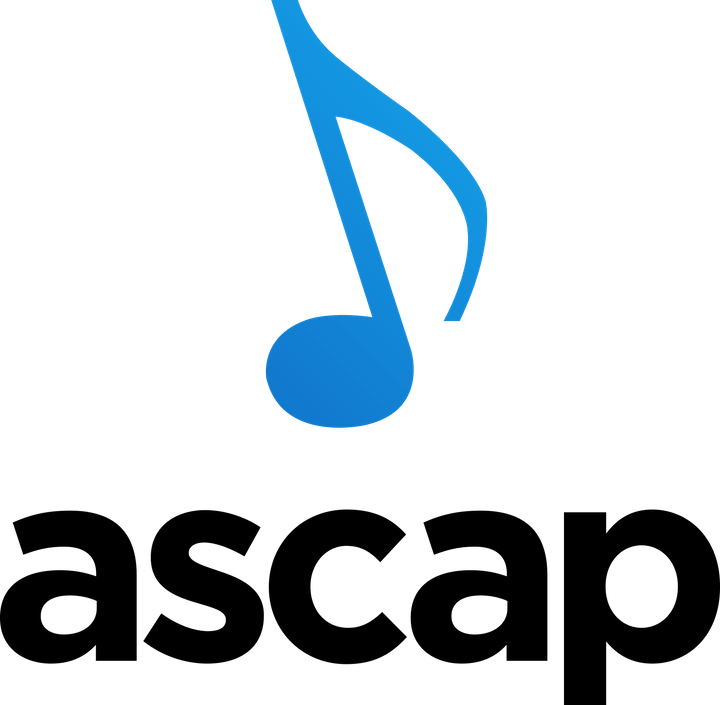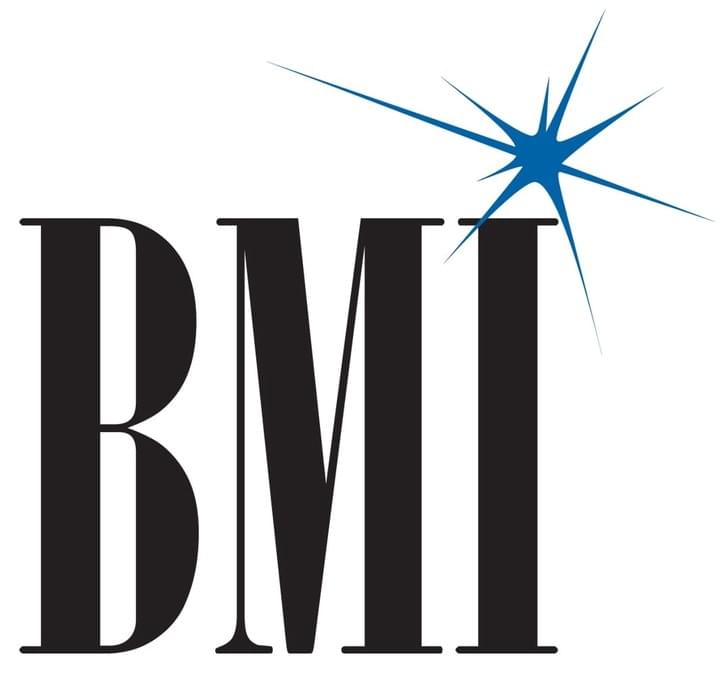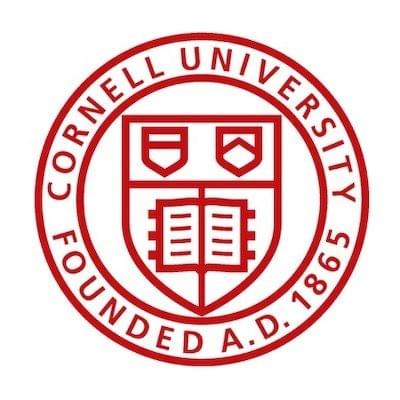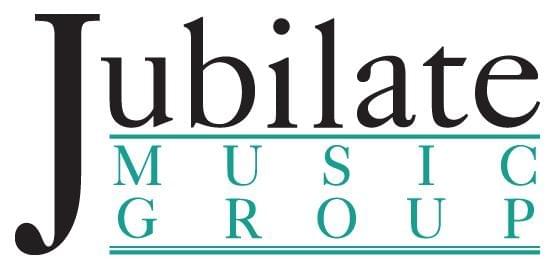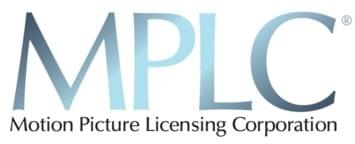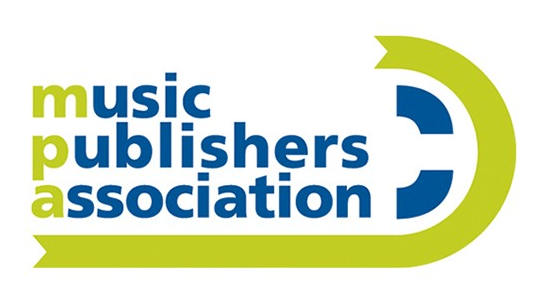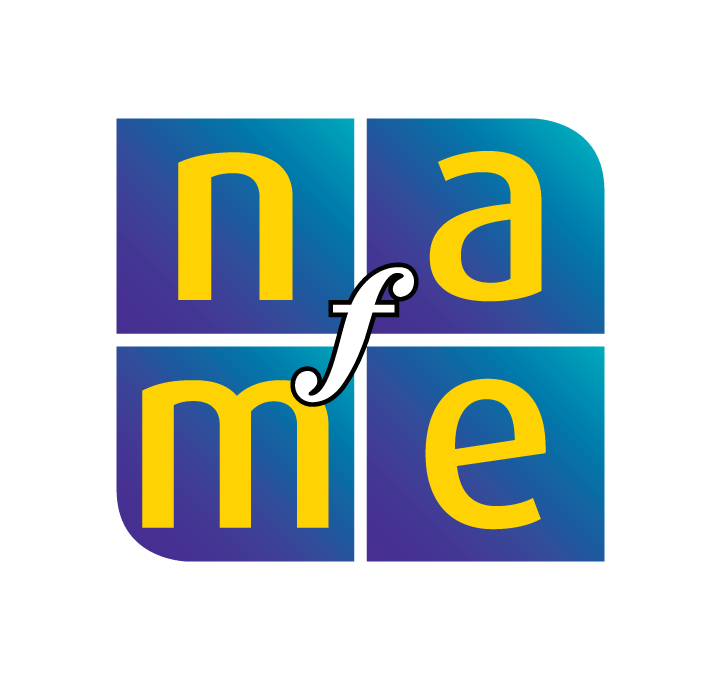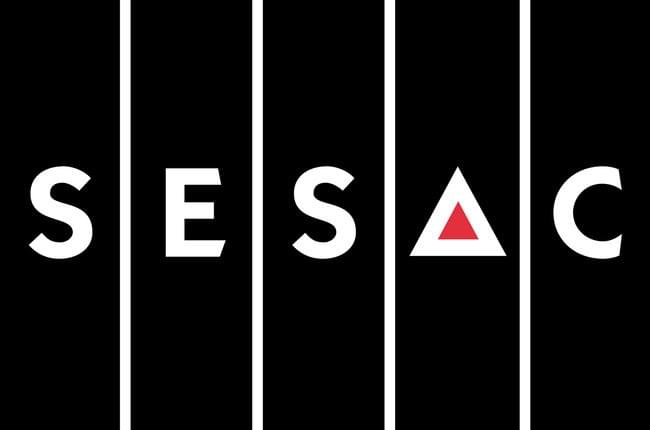
Welcome!
The Copyright Handbook for Music Educators and Directors, Second Edition, provides a concise overview of the key aspects of copyright law that affect music educators and directors in the United States.
Designed to provide answers to the most common questions raised by educators and directors, this resource makes it easy to find specific answers and is arranged in a user-friendly question-and-answer format. Learn more below.
Authors
A team with decades of music publishing and copyright experience.

Pam Phillips
Pam has a broad background in arts management and production, and in the music industry. Pam retired from Alfred Music as Managing Editor, Suzuki and String Acquisition. She has worked on the production of instructional DVDs and audio CDs as well as hundreds of orchestra pieces and instructional books. Pam has also been the project coordinator for Alfred Music’s revolutionary new method, Sound Innovations for String Orchestra and Sound Innovations for Concert Band.
Pam’s career includes booking and producing concerts for professional artists as well as for school groups. She has administered numerous music camps and planned national and international music tours. Pam has run teacher workshops throughout the United States and has presented clinics at a variety of music conferences. She has also served as an assistant teacher in the elementary string classroom. The American String Teachers Association (ASTA) chose her as their national conference coordinator for the 2007 convention in Detroit. Pam has been honored several times by the Michigan state legislature for her work with youth music groups.
Andrew Surmani
Andrew is the President & CEO of Surmani Business Coaching and also Professor of Music Industry Studies and Academic Lead of the Master of Arts in Music Industry Administration degree program at California State University, Northridge, one of the few graduate-level music business programs in the U.S. Andrew has worked in the music publishing and music products for more than 35 years, most recently as Alfred Music’s Chief Marketing Officer, overseeing global sales, marketing, and product development. Co-author of the top-selling music theory curriculum in the U.S., Alfred’s Essentials of Music Theory, as well as Alfred’s Music Playing Cards: Classical Composers and Alfred’s Music Playing Cards: Instruments, Andrew has also published articles in educational and music industry trade journals, and has conducted workshops on music education and industry topics throughout the world. Andrew was a founding board member and is a past president of the international Jazz Education Network (JEN) In addition, he served on the Music Technology Advisory Board at Indiana University-Purdue University Indianapolis (IUPUI), and the Technology Institute for Music Educators (TI:ME) Advisory Board. Andrew holds a Bachelor of Music degree in Trumpet Performance and an MBA from California State University, Northridge. Visit andrewsurmani.com.
The Copyright Handbook
Sample Pages
Copyright Handbook Topics
Subjects for the music education professional, covered in detail in the book.

Introduction to Copyright
The purpose of The Copyright Handbook is to provide a brief, easy-to-read, introductory guide aimed specifically at basic copyright issues that music educators and directors in the United States face regularly.
Due to the changing nature of technology and the law, updates to this book will be made at the time of reprints; however, it is always good to verify the latest legal rulings.
The Purpose of Copyright Law
Copyright law balances the need for the free flow of creative works with the need for authors or creators to be compensated for their creations. Copyright law provides protection for artists, authors, and creators and ensures that it is possible to be paid for an artistic endeavor. It allows artists to have control of their work and to be financially rewarded for their creations.

How to Determine Copyrighted Work
Though recommended, it is no longer necessary for music to have a copyright notice on it for it to be protected. Under the U S Copyright Act of 1976, which took effect January 1, 1978, music is considered to fall under copyright protection as soon as it is in a fixed tangible form, such as being written down or recorded as a CD or a digital file.

Sheet Music & Lyrics
The Copyright Handbook addresses the educator’s and director’s most pressing questions, such as: Is it legal to copy music in an educational or nonprofit setting? What determines if copying is permissible? Is it permissible to scan printed music without permission? What about projecting on Smart Boards? What about distance learning? What is “Fair Use”? Is parody permissible? What if scores are needed for a competition but are out of print? How do I make a licensing request?

The Use of Audio
The Copyright Handbook addresses the educator’s and director’s most pressing questions, such as: Is permission required before making an audio recording of a concert? Can a recording of a school concert be kept and played in class? Can a recording be played online? What is a “Mechanical License” and how do I obtain it? What is a “cover”? What licenses apply to existing recordings? What about legally recording conferences? What is the ℗ symbol that appears on sound recordings mean?

The Use of Video
The Copyright Handbook addresses pressing questions, such as: What type of license is needed for a video recording of copyrighted music? What is a “Synchronization License” and how do I obtain one? What are the fees for synchronization? What if an existing recording is added to a video? Can our local cable access channel broadcast our performances? For what purposes can I video record our performances? How are licenses handled at festivals and conferences? Can I show copyrighted video at a concert? In my classroom? In church? Can I record TV programs to show in class?

Digital Products &
The Internet
The Copyright Handbook addresses the educator’s and director’s most pressing questions, such as: Is it permissible to use material found on websites without a license? What is IMSLP? What about inexpensive or free music books that are advertised for download? May concert videos, PDFs of music, or MP3s of copyrighted music be posted online? Is it permissible for religious institutions to post music? Is it possible to legally purchase and download music? Is music available for use on tablets?

Performance Rights
The Copyright Handbook addresses the educator’s and director’s most pressing questions, such as: What is a “Performance Right”? What does the copyright phrase “All Rights Reserved (including Public Performance)” mean? Do exemptions exist for educational institutions and houses of worship? What about festivals where other schools also perform? What is a PRO? How are performance fees calculated and paid by institutions or organizations? What is a “Blanket License”?

Composing & Arranging
The Copyright Handbook addresses pressing questions, such as: When does copyright begin for a new composition? How is a copyright registered? Why is a copyright notice important? Is permission necessary on a Public Domain composition? What are the guidelines for editing and arranging? What about a “cover” versus an “arrangement”? How does the creator of a composition get paid? Who owns the copyright on the performance of an original composition? Are there considerations for educational publishing?
Resources
Popular sites for researching and licensing music rights.
More resources available in The Copyright Handbook.
Alfred Music
Alfred Music
Alfred Music’s passion is supporting music education with a focus on quality methods, performance, and reference materials for teachers, students, and professionals, spanning every musical instrument, style, and difficulty level. Since 1922, Alfred Music has been a world leader in music education and has helped over 10 million individuals learn, teach, and play music through our pedagogically sound products. We currently have over 150,000 active titles and represent a wide range of well-known publications.
All Music
All Music Search
AllMusic is a comprehensive and in-depth resource for finding out more about the albums, bands, musicians and songs you love.
On AllMusic you'll find:
- Reviews of upcoming and classic albums
- In-Depth Information about your favorite albums, musicians and songs
- Ratings and Picks of the recommended albums and songs within an artist's discography or tracks on an album
- Editors' Picks of the albums our staff are listening to
- Sound Samples to hear 30-second clips of music
- Similar Albums
ARL
Association of Research Libraries
The Association of Research Libraries (ARL) is a nonprofit organization of 123 research libraries at comprehensive, research institutions in the US and Canada that share similar research missions, aspirations, and achievements. The Association’s importance and distinction are born from the ARL membership and the nature of the institutions represented. ARL member libraries make up a large portion of the academic and research library marketplace, spending more than $1.4 billion every year on information resources and actively engaging in the development of new models of scholarly communications.
ASCAP
American Society of Composers, Authors, and Publishers
A professional organization of 625,000 songwriters, composers and music publishers, owned and run by its members. The world leader in performance royalties, advocacy and service for music creators.
BMI
Broadcast Music, Inc.
BMI is the bridge between songwriters and the businesses and organizations that want to play their music publicly. As a global leader in music rights management, BMI serves as an advocate for the value of music, representing nearly 13 million musical works created and owned by more than 800,000 songwriters, composers and music publishers.

CCLI
Christian Copyright Licensing International
CCLI began as a ministry of the church and a service to the church, in order to better educate and equip the church about copyright laws, to protect the church from the consequences of copyright infringements and to encourage greater utilization of copyrights in church services. CCLI enables real-time access to licensed Christian music and media while at once easing the burden of administration in the many complex issues related to copyright.

Copyright Office
Copyright.gov
The United States Copyright Office, and the position of Register of Copyrights, were created by Congress in 1897. The Register directs the Copyright Office as a separate federal department within the Library of Congress, under the general oversight of the Librarian, pursuant to specific statutory authorities set forth in the U.S. Copyright Act.
Cornell University Library
Copyright Information Center
Check here for an updated chart of Copyright Term and the Public Domain in the United States. This includes Never Published, Never Registered Works; Works Registered or First Published in the U.S.; Works First Published Outside the U.S. by Foreign Nationals or U.S. Citizens Living Abroad; Sound Recordings. Also includes a downloadable pdf.
GMR
Global Music Rights
Global Music Rights is a music rights management company focused on licensing, surveying and distributing public performance royalties to songwriters, composers and publishers. We represent today’s greatest and most popular music creators in the public performance licensing of their catalogs.

Hal Leonard
Hal Leonard Corporation
Hal Leonard is the world's largest print music publisher, with methods for learning guitar, piano, and school music instruments, plus publications for learning virtually every instrument imaginable. Hal Leonard is the leading publisher of songbooks; Real Books and fake books; sheet music; band, orchestra and choral arrangements for schools; music reference publications; children's music products; educational magazines; and more. Many new titles are enhanced with supplemental audio and video files online for download and streaming.
Harry Fox
Harry Fox Agency
Need a license to distribute music in the U.S.? With over 100 million licenses issued, HFA offers licensees a single source for a majority of their mechanical licensing needs.
Jubilate Music
Jubilate Music Group
Jubilate Music Group is dedicated to publishing a broad range of resources stylistically suited to meet the diverse needs of churches and schools coast-to-coast and beyond. We publish a complete catalog of choral, piano, organ, handbell, vocal, and instrumental publications, ranging from adult choral anthems, extended works and folios to music for children’s choirs and praise teams.
MPLC
Motion Picture Licensing Corporation
The Motion Picture Licensing Corporation (MPLC) is a private copyright licensing agency authorized by motion picture studios and producers to grant the MPLC Umbrella License®. The MPLC represents over 400 motion picture producers, ranging from every major Hollywood studio to independent, documentary, foreign, children's, and specialty producers. We provide a license to over forty markets, ranging from federal government agencies and mutli-national corporations to non-profit organizations and associations.

MPA
Music Publishers Association
Founded in 1895, the Music Publishers Association is the oldest music trade organization in the United States, fostering communication among publishers, dealers, music educators, and all ultimate users of music. This non-profit association addresses itself to issues pertaining to every area of music publishing with an emphasis on the issues relevant to the publishers of print music for concert and educational purposes.

NAFME
National Association for Music Education
National Association for Music Education (NAfME), among the world’s largest arts education organizations, is the only association that addresses all aspects of music education. NAfME advocates at the local, state, and national levels; provides resources for teachers, parents, and administrators; hosts professional development events; and offers a variety of opportunities for students and teachers.

NMPA
National Music Publishers Association
Founded in 1917, the National Music Publishers’ Association (NMPA) is the trade association representing all American music publishers and their songwriting partners. Its mission is to protect, promote, and advance the interests of music’s creators. The NMPA is the voice of both small and large music publishers, and is the leading advocate for publishers and their songwriter partners in the nation’s capital and in every area where publishers do business.
SESAC
SESAC Holdings, Inc.
SESAC currently licenses the public performances of more than 400,000 songs on behalf of its 30,000 affiliated songwriters, composers and music publishers, which include such familiar names as Bob Dylan, Neil Diamond, RUSH, Charli XCX (PRS), Disclosure (PRS), Zac Brown, Mumford & Sons (PRS), Lady Antebellum, The Avett Brothers, Shirley Caesar, Paul Shaffer and Thompson Square. SESAC has long represented the music on some of TV’s biggest shows including Grey’s Anatomy, How I Met Your Mother, Parenthood, Dateline NBC, Dr. Phil, Seinfeld, and The Doctors among many others and is the PRO of choice among many of Hollywood's most sought-after film and television composers including Christophe Beck, Jeff Beal, Danny Lux, Jon Ehrlich, Dennis C. Brown, Bruce Miller and Paul Shaffer among many others.

Stanford University Libraries
Copyright and Fair Use Center
The content for Stanford University Libraries’ Copyright and Fair Use Overview section is from NOLO, with much of it taken from the book Getting Permission (October 2010) by Richard Stim.
Tresona
Tresona Music
Tresóna aims to simplify the licensing process for you and your organization, help you clear up missing music copyright permissions, and provide the tools, knowledge and exposure needed to maximize your ability to monetize your organization’s musical talents.
YouTube
YouTube Copyright Community
Copyright is an important topic for the YouTube community. Click below to find out how to manage your rights on YouTube and learn more about respecting the rights of others. On this site you can learn more about copyright law, learn about Content ID Claims, learn about Fair Use and learn about the Creative Commons, or a special type of license that allows content to be re-used (with certain requirements).
Contact
Have questions? Please reach out.
Copyright News
The latest headlines from the U.S. Copyright Office
FAQs
Audio
How do you pay for a mechanical license for an album for which no CD is being released, just digital downloads for purchase or free?
You must estimate the number of downloads you intend to distribute. If you end up surpassing the original amount of downloads that you purchased a license for, you can always re-order more via Songfile (www.Songfile.com). Please note that you can place an order for a license up to one year after your release, so there is a large window for you to purchase a license for additional downloads.
Is it okay to make a single archival video of a concert?
Yes, but with some clear restrictions. You can’t record a full concert of others and have it be considered fair use. But if you are the director and want to make one archival copy of the concert, you can. If you make more than one copy, that would be considered a copyright infringement. You would need a synchronization license from each publisher of all the songs on the video if you would like to make more than one copy, including to sell the video. Also, directors should let the students and parents know that they are making a recording for archival purposes and should get permission via a signed release form in advance. Those that don’t want to sign it can opt out of the photos or videos. Here is a sample of the release letter that they use at California State University, Northridge where the co-author Andrew Surmani teaches. You should see if your school district has a release form that has been vetted by an attorney with the school district. https://uploads.strikinglycdn.com/files/a91742c6-04ec-4de4-892c-b79d044451ac/ReleaseForm_tsengcollege_rev05182018.pdf?id=198446
Copyright Handbook Blog
Thoughts, musings, and ruminations.
April 2, 2020Read more...An easy way to post videos online legally If you would like to post video recordings from your school for free, visit the SBN Broadcasting Networks at https://www.sbnbroadcasting.com/. The goal of the SBN Broadcasting Networks is to provide a platform where on-demand and live music performance...January 1, 2018Read more...Andrew will be a presenting a clinic at the 2018 Jazz Education Network Conference in Dallas, TX, entitled "Copyright Basics for Music Educators and Directors" on Thursday, January 4, 2018, from 10:00 a.m. - 10:50 a.m. in Cumberland I-J (Exhibition Level).
© 2017 The Copyright Handbook Online. All Rights Reserved.




